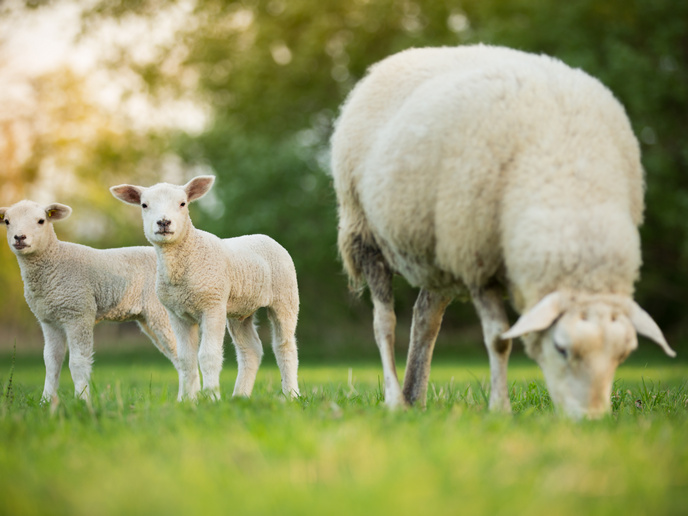A better way for farmers to monitor ewe lamb weight
Researchers working on the EU-funded TechCare project recently tested a walk-over-weighing (WoW) system for measuring the live weight (LW) of sheep in commercial farms. As shown in their paper published in the journal ‘Animal - Open Space’, this system could contribute significantly to the precise monitoring of the growth of ewe lambs reared on pasture, providing an early warning system for health problems.
Less stress, more data
LW is an important indicator for monitoring animal performance and welfare. However, it is still infrequently used in commercial sheep farms because current measurement methods are time-consuming. In addition, having to manipulate and restrain the animals is stressful for both farmers and animals. Since the WoW system has proven to be less stressful and also more efficient in LW data collection, the TechCare team decided to test its use for monitoring the growth rate of recently weaned ewe lambs reared under Mediterranean grazing conditions. The paper describes the experiment’s set-up. Besides the grazing system set-up with paddocks, the animals were also given water, molasses, minerals and salt blocks, all of which were only provided in an attraction area. However, “access to the attraction area was possible only by a one-way passage through the WoW, with the exit placed on the other side with a non-return gate. When an animal passed through the platform, the RFID (radio frequency identification) ear tag of the animal was read by the antenna placed on the left side of the system, registered to a XRP2 reader (TRU-TEST™, Auckland, New Zealand; released by Marechale Pessage, Chauny, France). This reader was linked by Bluetooth® to the weigh scale indicator WOW2 (TRU-TEST™, Auckland, New Zealand) which recorded the LW of each animal at each passage, together with their RFID identity and date and the time of passage.” The experiment lasted 14 weeks, with the first 3 weeks dedicated to acclimating the sheep to the WoW system and the remaining 11 weeks devoted to data collection. The main purpose of the acclimation phase was to get the animals well adapted enough that they would voluntarily go through the WoW every day without human intervention. The study confirmed the necessity for an initial adaptation period. The ewe lambs’ adaptation made the required voluntary passages across the weighing platform possible and led to a high volume of individual and daily data after 2 to 3 weeks. This enabled close monitoring of individual growth. “Our results show interesting perspectives for a more precise and frequent monitoring of the LW in grazing sheep without human intervention, compared to what is currently carried out on commercial farms. Good perspectives emerge for developing early warning systems in future; therefore, further research and development efforts are warranted for achieving future advances on these aspects,” the TechCare (Integrating innovative TECHnologies along the value Chain to improve small ruminant welfARE management) researchers conclude. For more information, please see: TechCare project website
Keywords
TechCare, sheep, live weight, lamb, ewe lamb, walk-over-weighing, animal, farm



